GĐXH - Pickleball is a fairly gentle sport , but if played too hard or with incorrect technique, it is easy to get sprains, muscle strains, muscle tears or tendonitis in the legs, forearms, elbows...
According to information from Quang Ninh General Hospital, recently, doctors there have received many patients coming for examination due to injuries to the ankles, knees, shoulders, elbows, and backs due to playing Pickleball .
Such as the case of patient Nguyen Thanh Tr. (45 years old) treated at the Department of Rehabilitation. The patient had a torn left shoulder supraspinatus tendon due to playing Pickleball, had surgery to suture the rotator cuff and was transferred to rehabilitation exercises to improve shoulder joint mobility after surgery. Doctors treated pain and inflammation locally with physical therapy machines such as: electrotherapy, ultrasound therapy, shortwave... combined with exercises to strengthen the muscle groups in the shoulder and left arm, massage to soften the stiffened tissues in the shoulder area.
After 4 weeks of treatment, the patient no longer felt pain in the shoulder joint and improved mobility, daily activities were performed independently, and he could participate in light sports activities.
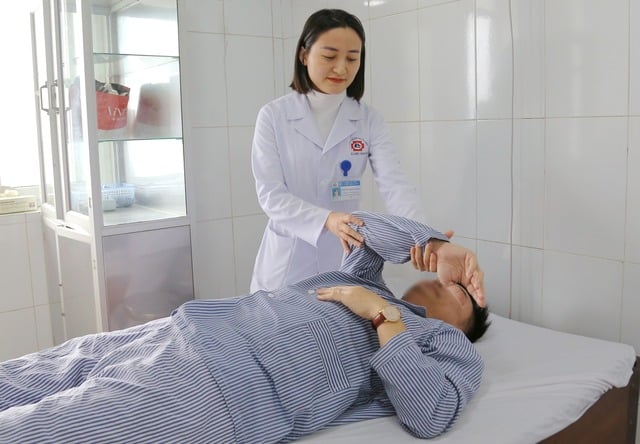
The patient is being treated at Quang Ninh General Hospital. Photo: BVCC
Common injuries and some exercises to help limit injuries when playing Pickleball
Ankle sprain
Pickleball is similar to tennis in that it requires a lot of sprinting, sudden stops, and constant lateral movement. If the muscles supporting your ankle aren’t strong enough, you’re more likely to sprain your ankle. Sprains or other sports-related soft tissue injuries can lead to pain, swelling, bleeding (internal or external), and inflammation.
You should immediately apply first aid according to the RICE method, which is an acronym for 4 steps including: Rest, Ice, Compression and Elevation.
Assistive Exercise: Heel Raises help strengthen the ankles.
- Keep your balance by holding onto a table or wall.
- Stand with your feet shoulder-width apart and toes pointing forward.
- Slowly raise your heels as high as possible, then lower them slowly. Repeat several times.
Knee strain
Just like with a sprained ankle, if you strain or twist your knee, it's important to reduce inflammation. Ice and over-the-counter pain relievers can help control swelling, and an elastic bandage or knee brace can provide support.
Support exercise: Side-lying leg raises
Side-lying leg raises are especially helpful in preventing knee injuries because they work the entire leg, all the way up to the hip. Improving overall leg strength helps protect the knees.
- Lie on one side, then lift your top leg, keeping your knee straight and slightly behind your buttocks. Keep your hips stacked on top of each other and tighten your entire midsection, including your abdomen, hips, and lower back.
- Slowly lower your leg before lifting it back up. If you feel a stretch in your glutes, you know you're doing it right. Repeat several times, then switch sides.
Hamstring strain
Before playing Pickleball, it is important to stretch and warm up. Your hamstrings, or the muscles in the back of your thighs, can become overstretched or strained, especially if you do not warm up properly. These injuries often occur during sudden stops on the court, when the muscles contract rapidly.
As with other lower extremity injuries, ice and over-the-counter pain relievers are key to keeping you comfortable.
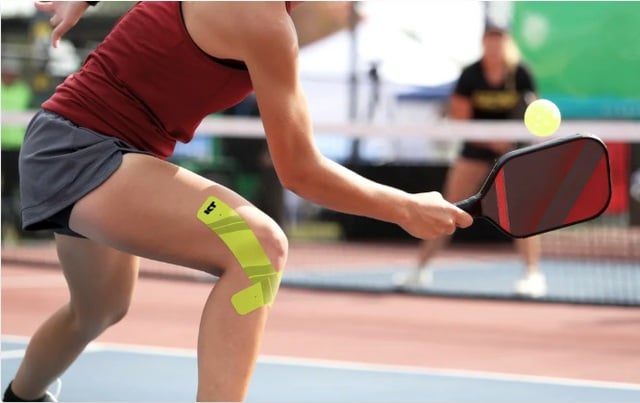
Illustration
Tendonitis in the wrist, elbow, or shoulder
Tendonitis or tendonitis is an overuse injury. When you first start playing or play a lot, repetitive motions can put stress on the tendons and cause inflammation. It is important to rest for a day or two between playing sessions. Once your muscles get used to the movements, you can play more frequently.
As with lower extremity injuries, ice and pain medication can help reduce inflammation and promote healing. For repetitive strain injuries, rest is especially important to help your body recover.
Fall Injury
When you fall, your natural reflex is to break your fall with your hands. This can lead to injuries to your hands, wrists, or shoulders. If you are in a lot of pain, it is best to see a doctor and get an X-ray sooner to make sure there are no broken bones.
If you fall while playing Pickleball, you can also hit your head. If you feel anything unusual, including blurred vision, confusion or excessive drowsiness, get checked out to make sure you don't have a serious injury.
Support exercise: One-legged balance
The best way to prevent falls is to improve your balance.
- Stand with your feet shoulder-width apart without holding onto anything for support.
- Lift one foot off the ground. Hold your arms out to the sides if you need help balancing.
- Hold the pose for as long as possible, up to a minute on each side. Once you've mastered it, try standing on something uneven, like a pillow or folded blanket.
Doctor's Advice for Preventing Pickleball Injuries
+ Warm up thoroughly before playing and relax after playing.
+ Drink plenty of water to avoid dehydration.
+ Wear appropriate sports shoes.
+ Play with people of similar skill level.
+ Exercise regularly, do not overdo it.
+ If you feel pain, stop playing and see a doctor.
+ Elderly people, people with osteoporosis or a history of herniated discs should consider when playing Pickleball.
Source: https://giadinh.suckhoedoisong.vn/nguoi-dan-ong-45-tuoi-o-quang-ninh-nhap-vien-vi-mot-sai-lam-khi-choi-pickleball-172250114141654141.htm




![[Photo] Impressive image of 31 planes taking flight in the sky of Hanoi during their first joint training](https://vstatic.vietnam.vn/vietnam/resource/IMAGE/2025/8/24/2f52b7105aa4469e9bdad9c60008c2a0)




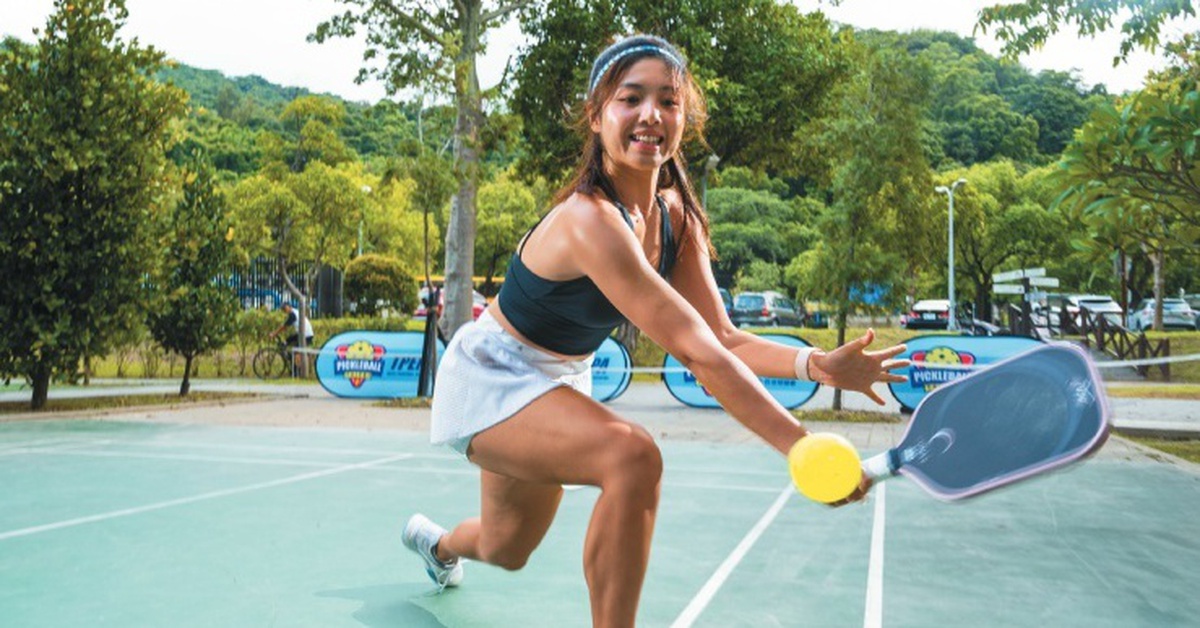

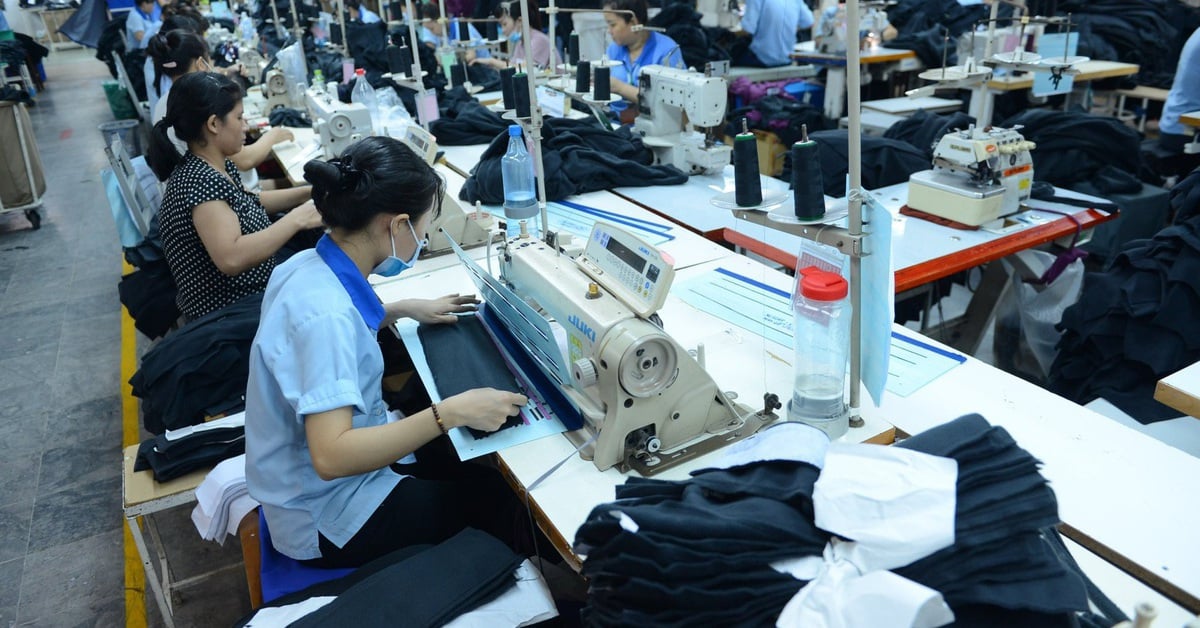


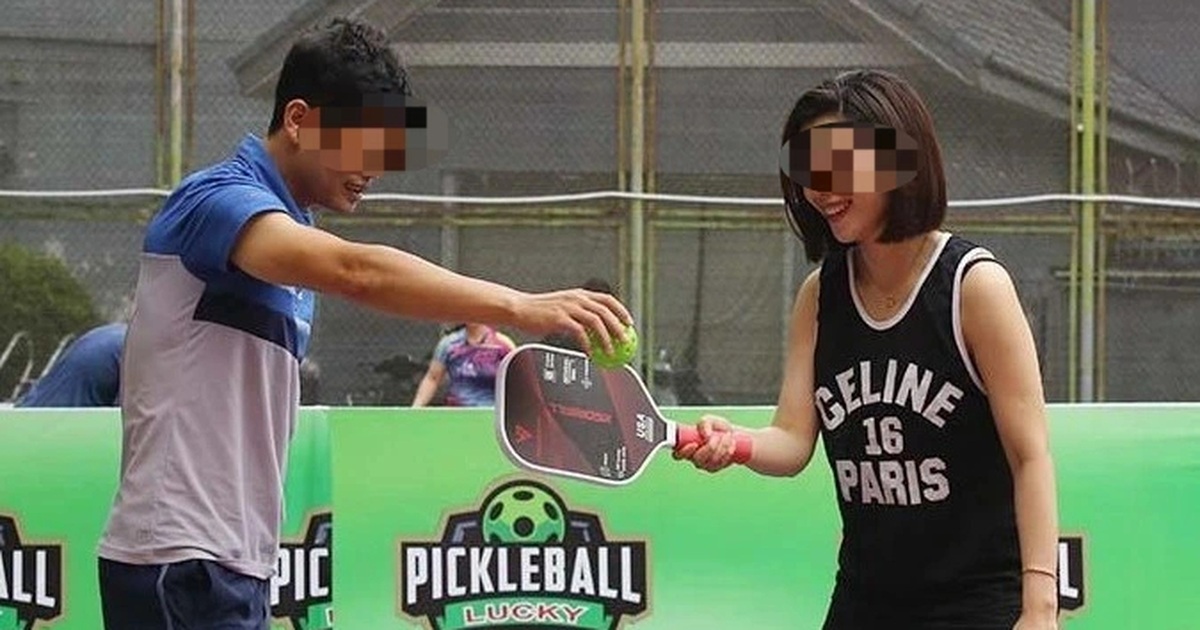






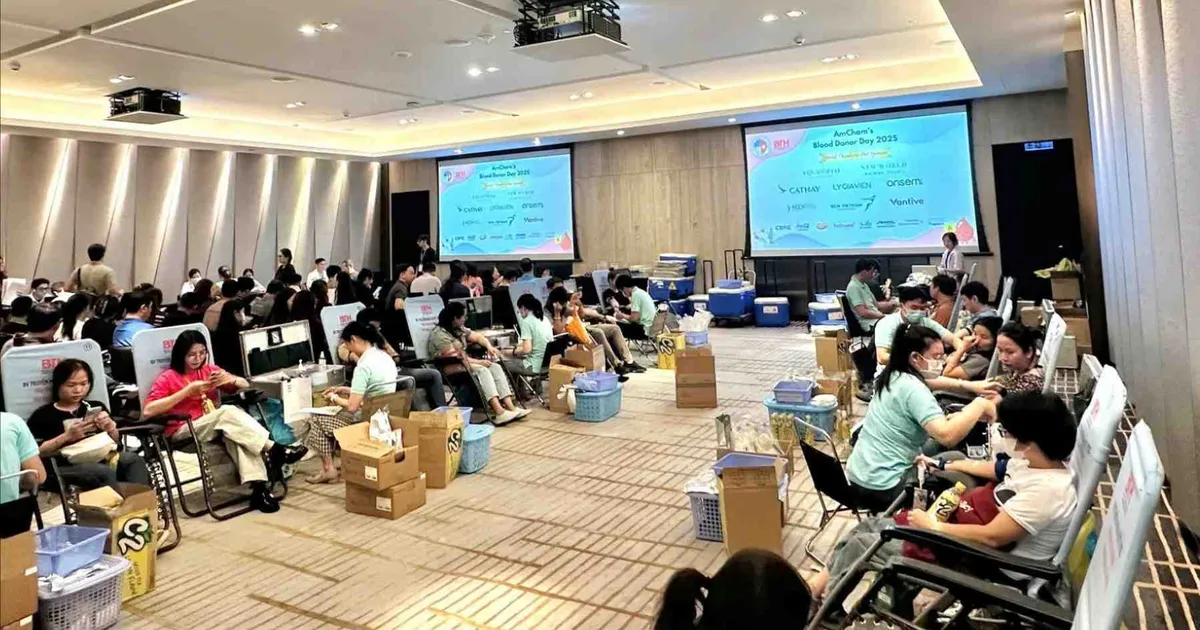


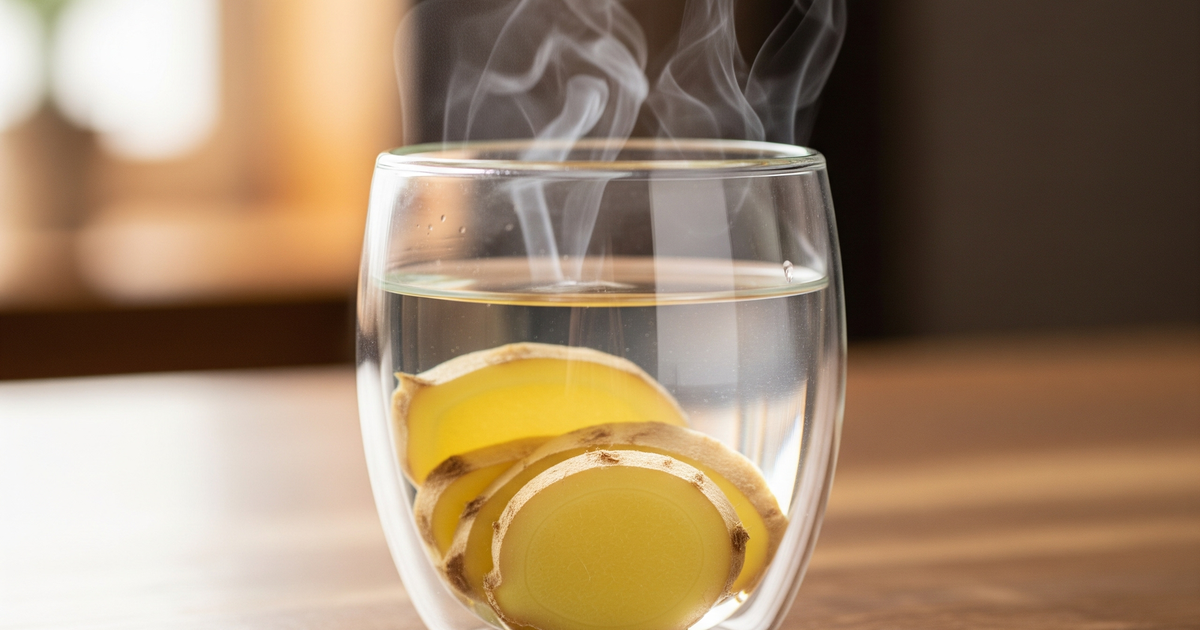

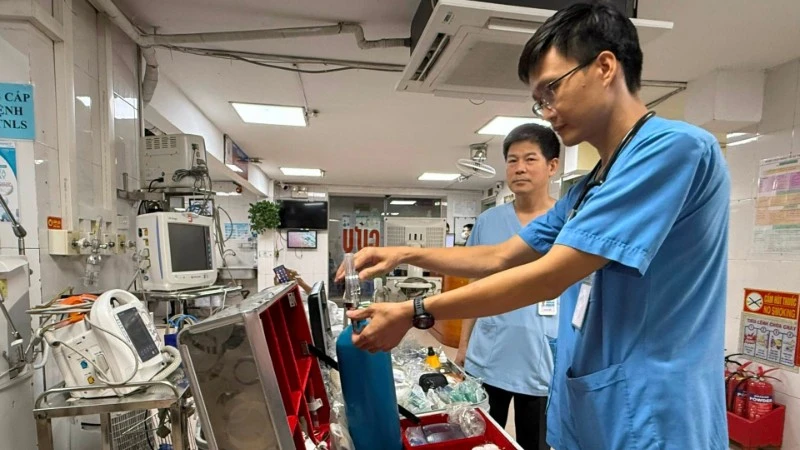





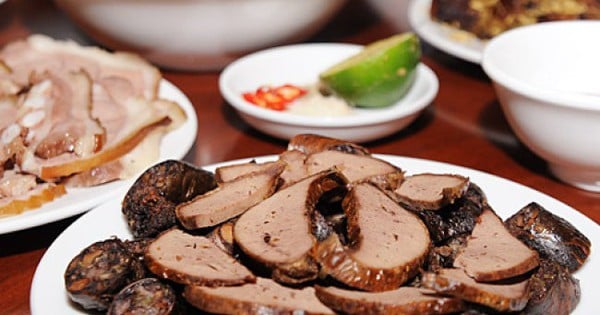
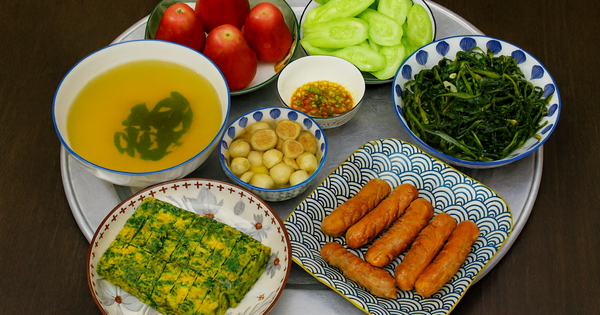




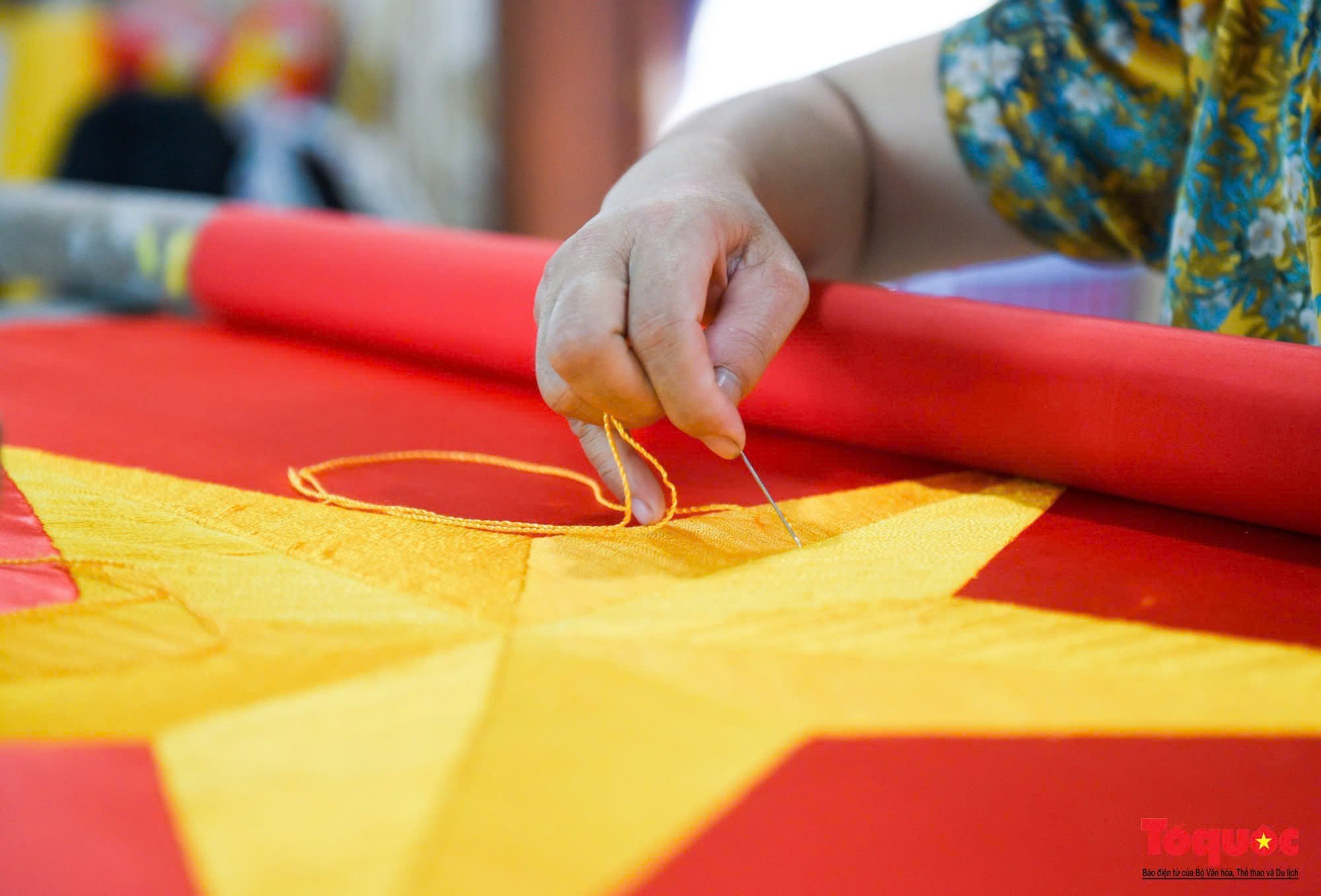



























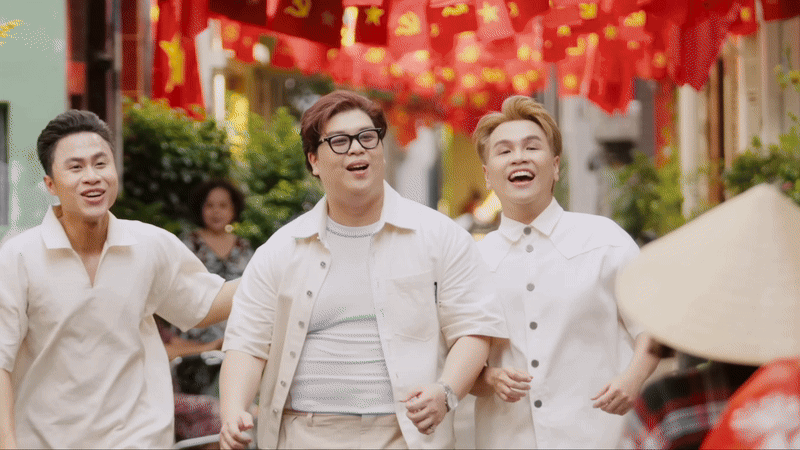
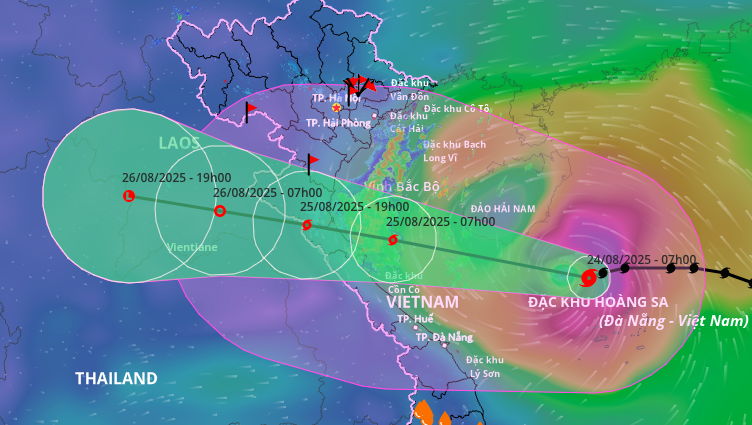



















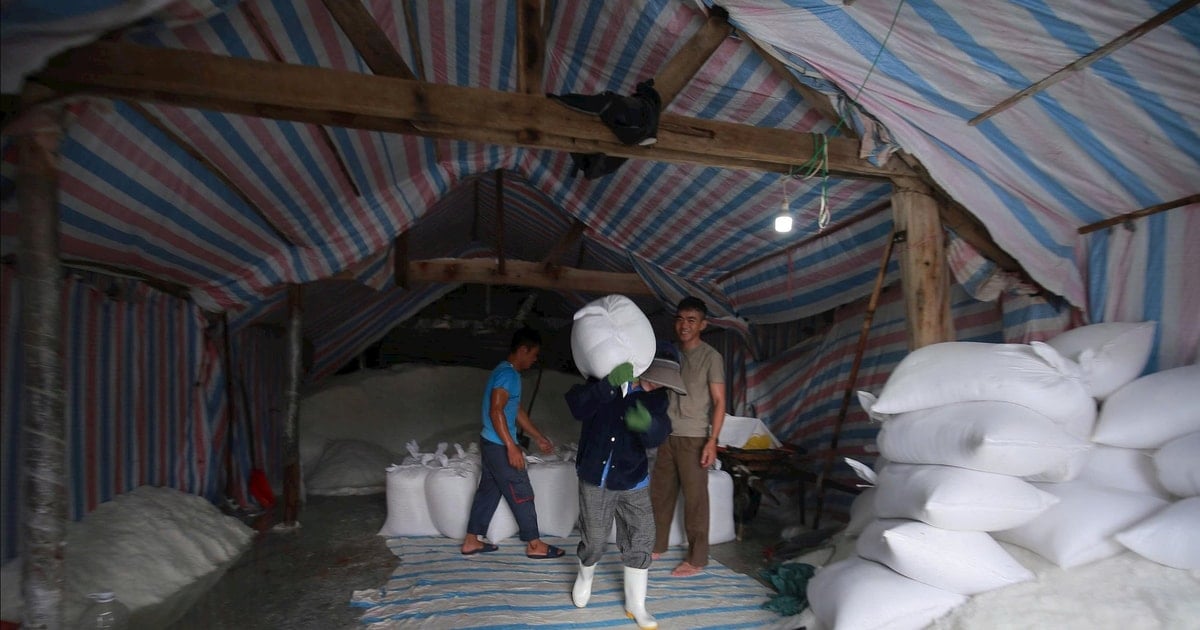





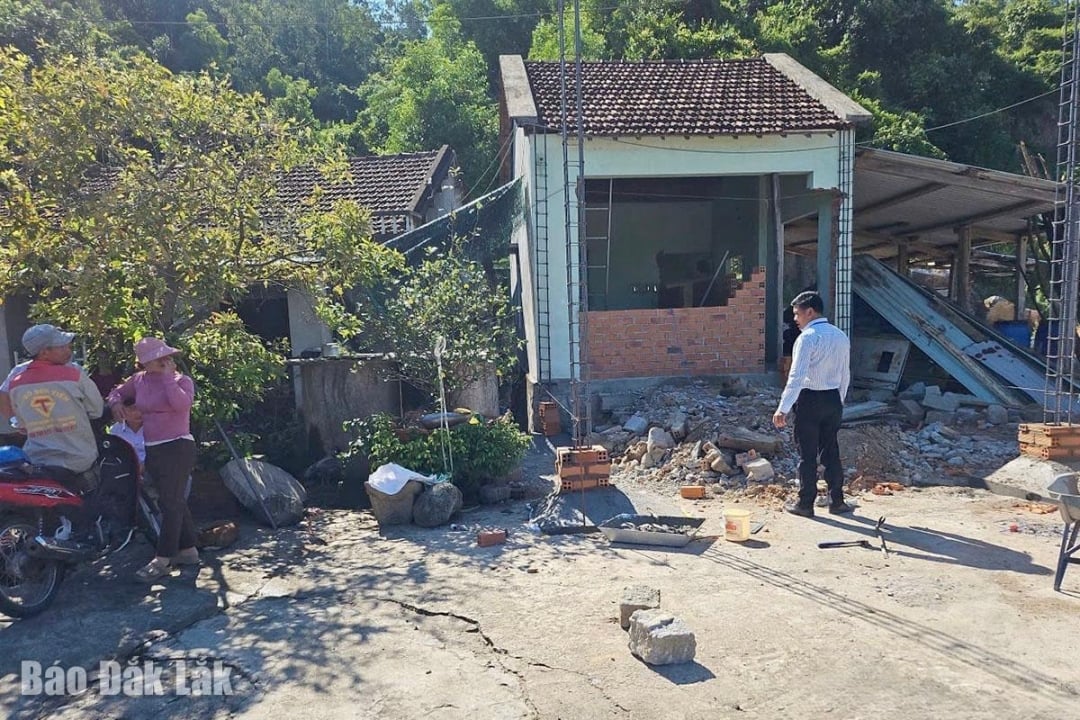
















Comment (0)